Employment prospects for Australia’s professional geoscientists deteriorated even further in the opening quarter of 2016, driven down by mining’s negativity and dashing hopes for an improvement in the geoscientist employment situation.
Around half of the unemployed has now been jobless in the sector for 12 months – and around two thirds of jobless have no expectation of returning to their chosen craft anytime soon.
The picture emerged in results of the latest quarterly survey by the Australian Institute of Geoscientists (AIG) in which respondents provided information about their employment prospects during the first three months of 2016.
The figures reinforced that geoscientist employment in Australia has been in continuous decline since September 2011 and has been at Global Financial Crisis levels or worse since September 2013. Alarmingly, the new March 2016 results broke previous “worst” records, crashing further to the lowest measure of geoscientist employment conditions in Australia since these surveys commenced in June 2009.
At 31 March 2016, the unemployment rate amongst Australian geoscientists was 19.5% and the under-employment rate remained at 23.4% (Figure 1).
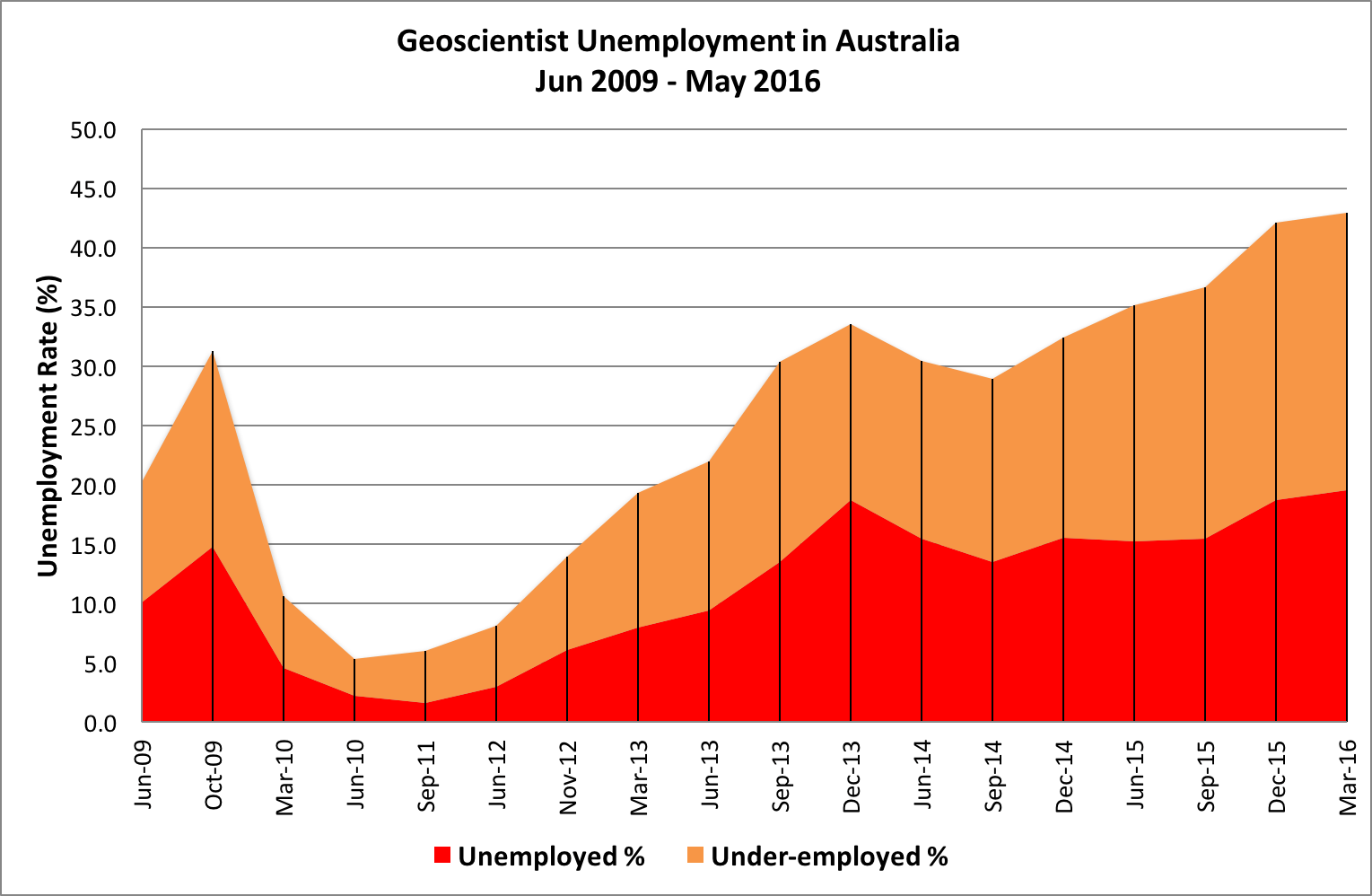
Figure 1. Geoscientist unemployment and under-employment in Australia June 2009 – March 2016
The survey received excellent support with 1013 responses in all. The last Australian census indicated that there are some 8,000 people with geoscientist qualifications in Australia, not all of whom are pursuing a career in the profession.
The unemployment rate increased from 18.7% at the end of December 2016, and the combined unemployed + underemployed rate increased from 42.1% at the end of December 2015 to 42.9% at the end of March 2016.
Almost 60% of self-employed geoscientists were unable to secure more than one quarter of their desired workload during the quarter, pointing to a real unemployment rate of 33.3%.
The employment survey results for different states were mixed. The highest combined rate of unemployment and underemployment was evident in Queensland, followed by New South Wales and the Australian Capital Territory. The combined unemployment and underemployment rate was very similar for Western Australia, Victoria and South Australia (Figure 2). The composition of the overall figures, however, varied between these three states with unemployment higher in both Victoria and South Australia than in Western Australia.
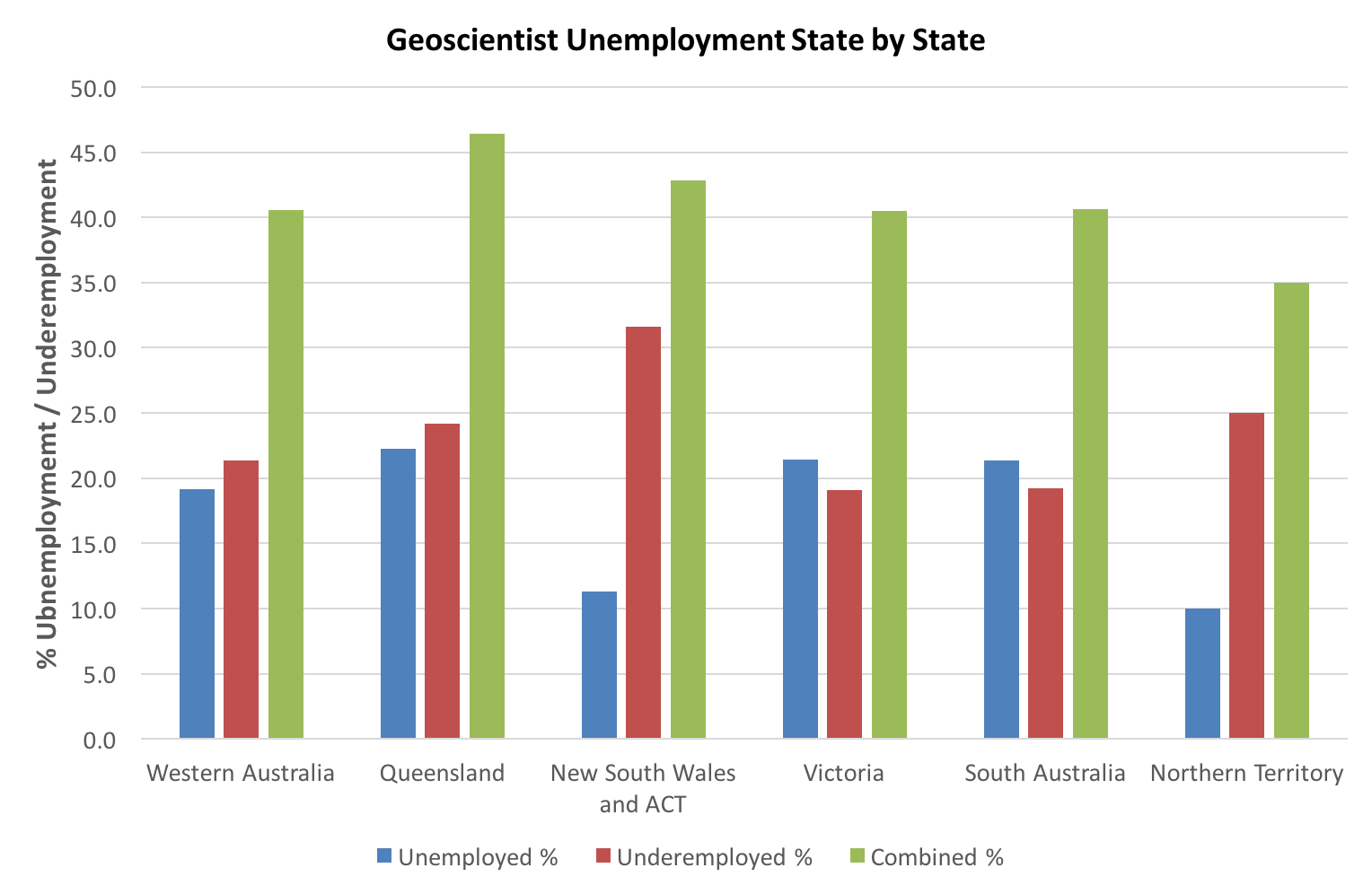
Figure 2. Geoscientist unemployment and underemployment by State
The increasing unemployment and underemployment trend was also not uniform across Australia (Figure 3). Both unemployment and underemployment increased marginally in Western Australia. In Queensland, however, unemployment increased by more than 5% while underemployment amongst self-employed geoscientists decreased. Both unemployment and underemployment increased in New South Wales. In Victoria, unemployment increased significantly while improved demand for self-employed geoscientists’ services was evident. In South Australia, unemployment was unchanged while underemployment amongst self-employed geoscientists fell. In the Northern Territory, geoscientist unemployment fell sharply, but underemployment amongst self-employed geoscientists increased. The results for the Northern Territory are influenced by the small number (20) of survey respondents primarily seeking work there.
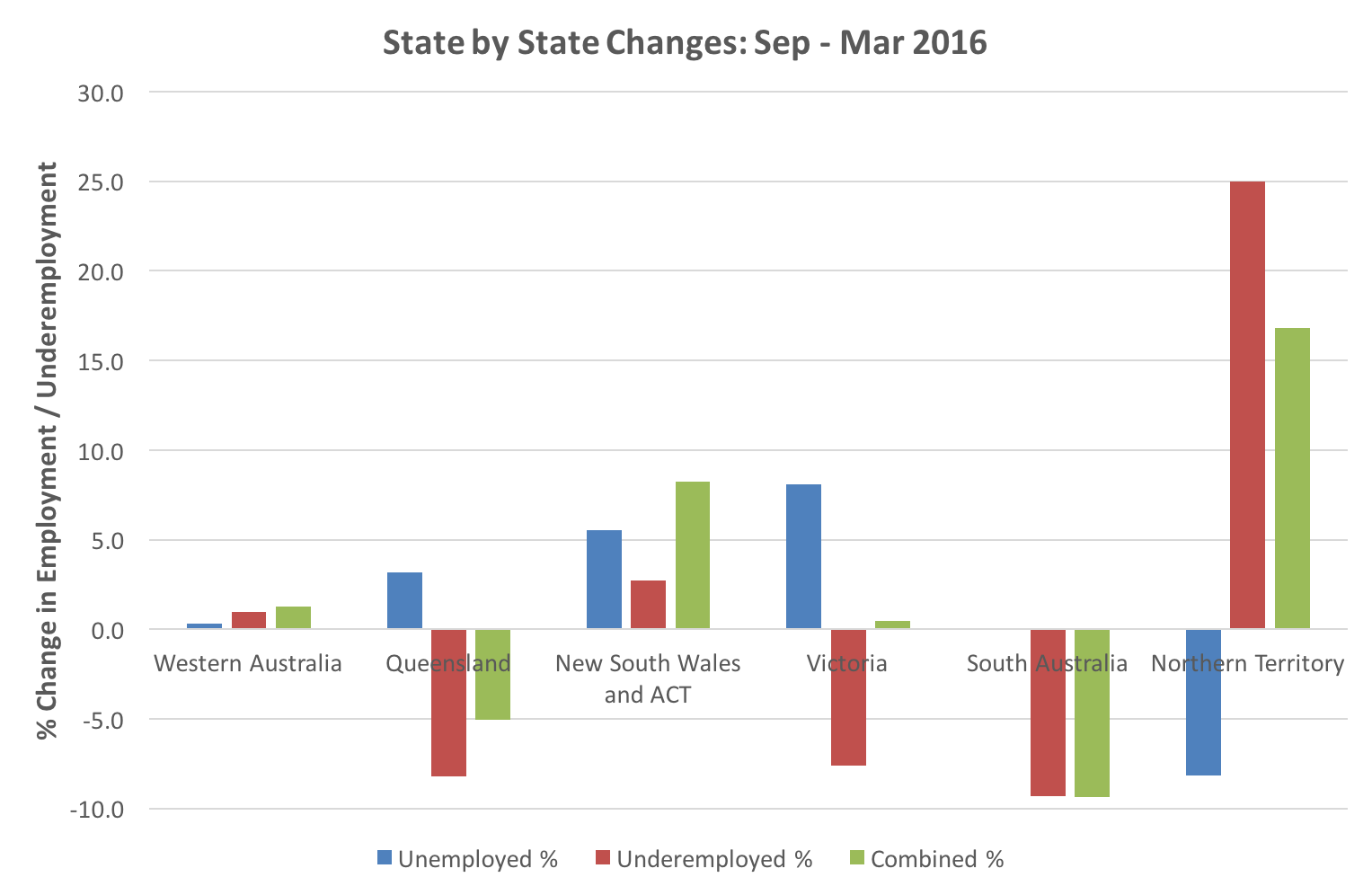
Figure 3. Changes in state unemployment and underemployment during Q1 2016
Some 49%, almost half, of Australia’s unemployed and underemployed geoscientists have been without work for more than 12 months, an increase of 5% since December 2015 (Figure 4). More than 67% of unemployed and underemployed respondents were not confident of regaining employment within the next 12 months. Less than 5% of unemployed and underemployed geoscientists were confident of regaining employment within 3 months. 14% of unemployed and underemployed geoscientists were seeking long-term employment outside their profession, up from 9% in the previous survey.
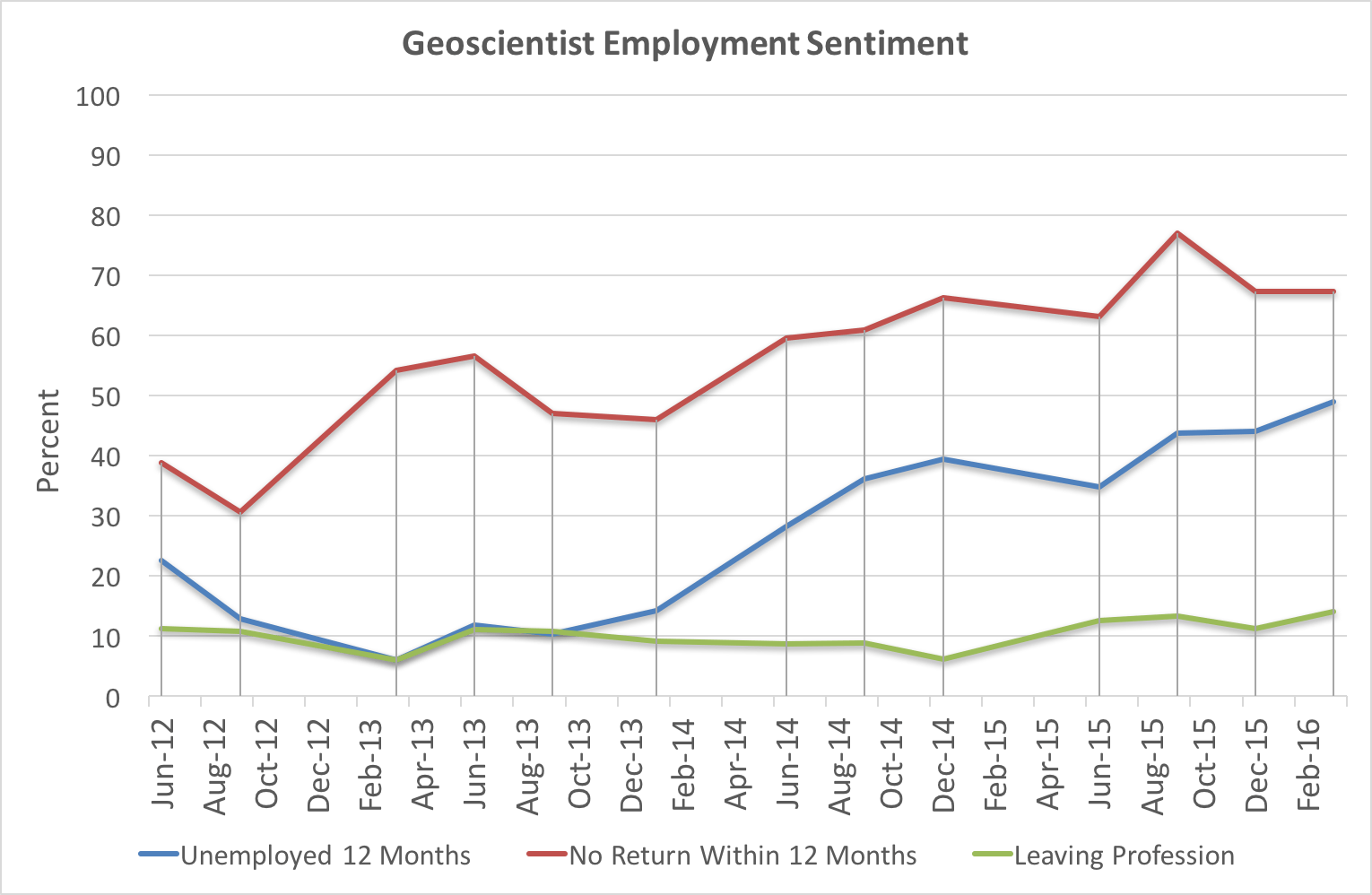
Figure 4. How Australia’s unemployed and underemployed geoscientists view their prospects
Unemployment and underemployment is affecting geoscientists with all levels of experience, from new graduates to seasoned professionals (Figure 5). The rate of unemployment in five year groups between 0 – 5 years and 20 – 25 years was essentially constant, at around 10% in each category. The unemployment and underemployment rate, however, increases to around 15% in the 25 – 30 year category, and almost 35% in the greater than 30 year category which is concerning as it points to some of the most experienced professionals in Australia not being able to contribute to the mentoring and professional development of their younger colleagues, and to important lessons learned in the past potentially being forgotten. The latter issue compounds the problem of cyclicity in employment affecting Australia’s resource industries, where the “boom and bust” nature of the sector impedes productivity through the loss of corporate knowledge and repetition of previous work, particular in exploration and discovery of new minerals and energy resources.
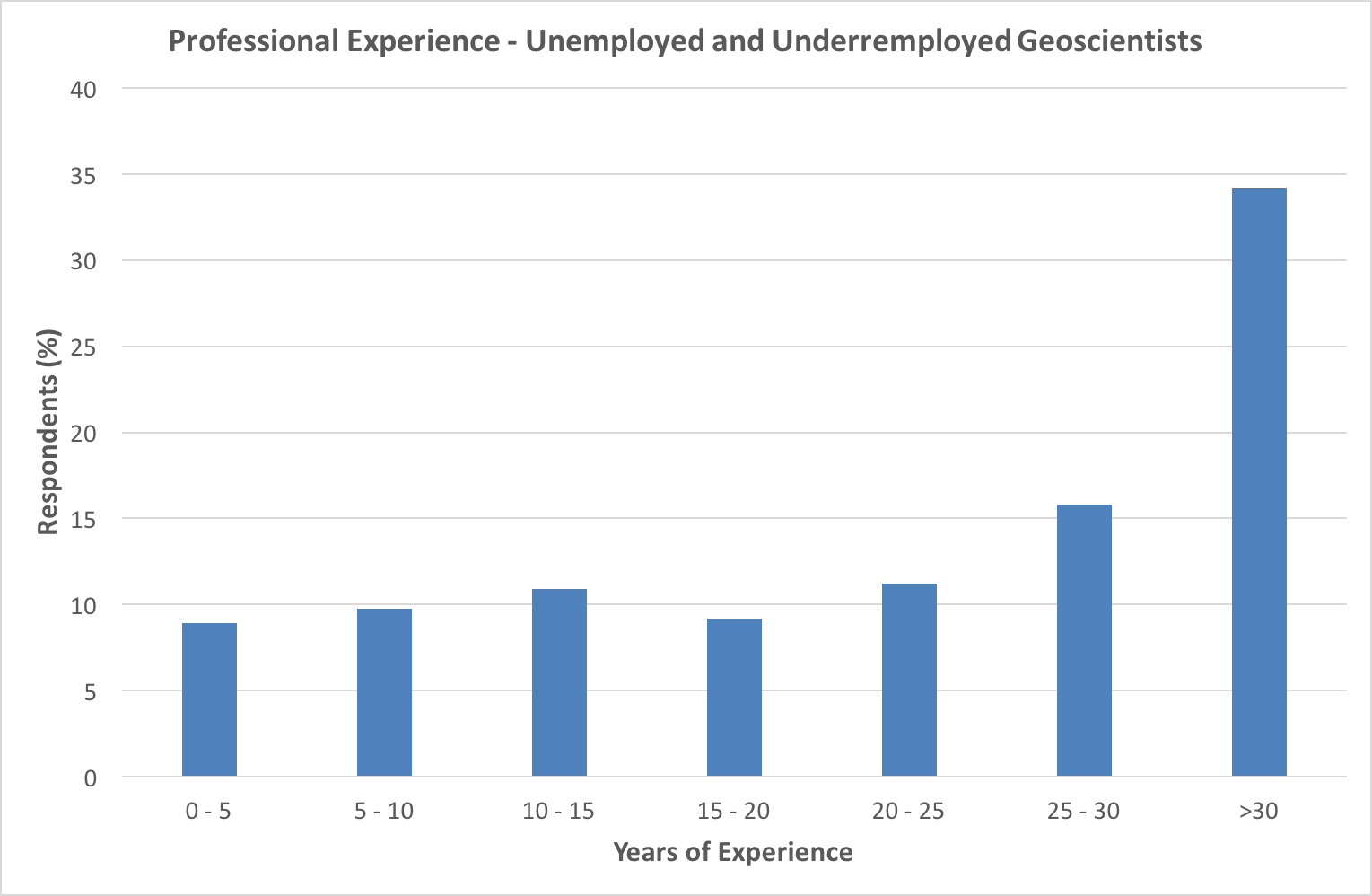
Figure 5. Professional experience amongst Australia’s unemployed and underemployed geoscientists
If anything in the survey results can be seen as positive, 43% of geoscientists in employment felt confident of maintaining their employment for at least the next 12 months; a marked improvement since December 2015 when only 36% of respondents felt confident of retaining employment.
The proportion of employed geoscientists in full time roles fell from 88% in December 2015 to 81% in the March 2016 survey. The proportion of survey respondents in employment describing themselves as self-employed increased from 9% in December 2015 to almost 15% in March 2016.
Some 15% of respondents currently in employment felt at risk of losing their jobs in the next three months: a similar result to that recorded by the December 2015 survey.
AIG President, Mr Wayne Spilsbury, expressed disappointment in the latest survey results. “Australian geoscience is entering its third year of extraordinarily difficult employment conditions for a group of educated, highly trained and experienced scientists.”
“When we think of geoscience in Australia, it is logical to immediately envisage professionals working in exploration and mining and forget that the skills developed and used in those aspects of professional practice are just as relevant to many other fields such as effective land management, environmental assessment, monitoring and remediation, and the management of groundwater resources that are so important to the future of large areas of Australia,” Mr Spilsbury said.
“Our minerals and energy resources industries too, are amongst Australia’s most productive, innovative, efficient and sustainable generators of wealth for our nation,” he said. “Every job in exploration and mining generates between three and four jobs in the broader community, from early stage exploration through to mine closure. “Australian companies are world leaders in delivering professional services covering the entire gamut of geosciences globally. Australian software plays a critical role in the effective execution of resource exploration and mining projects globally due to innovation based on local experience and expertise.”
“All this is at risk if we cannot crystallise investment in exploration,” Mr Spilsbury said. “These surveys, since 2009, have established a close link between geoscientist employment, exploration investment, resource discovery and the overall health of Australia’s mineral and energy resource industries”.
“All AIG members know that the factors responsible for the prolonged downturn in geoscientist employment are the same ones damaging Australia’s resource development project pipeline. These are low metal prices (except gold), poor sentiment in the equity market leading to lack of access to fresh capital and green and red tape that slow and often prohibits access to land for early, non-destructive, early-stage exploration.”
Although the results from this survey are the worst recorded since this series of surveys commenced in June 2009, there are a few signs of a possible turn-around in their fortunes”.
“The rate at which geoscientist unemployment has been increasing, particularly since September 2014, eased in the latest results,” Mr Spilsbury said. “The proportion of geoscientists currently in employment who felt confident about the security of their jobs increased, even if only slightly, for the first time in 18 months.”
The latest survey also revealed a small but sharp increase in the proportion of geoscientists in employment describing themselves as self-employed. “We’ve seen this in previous surveys, but at times when geoscience employment was in a better state than it is now,” Mr Spilsbury said. “AIG and its kindred professional institutes will be working hard to assist members making or considering a transition to self-employment,” he said.
“If there is light appearing at the end of the tunnel, then now is the best time to act to catalyse investment in exploration at State and Federal levels to take full-advantage of an emerging opportunity,” Mr Spilsbury said. “We need action to make this a reality.”
16 May 2016